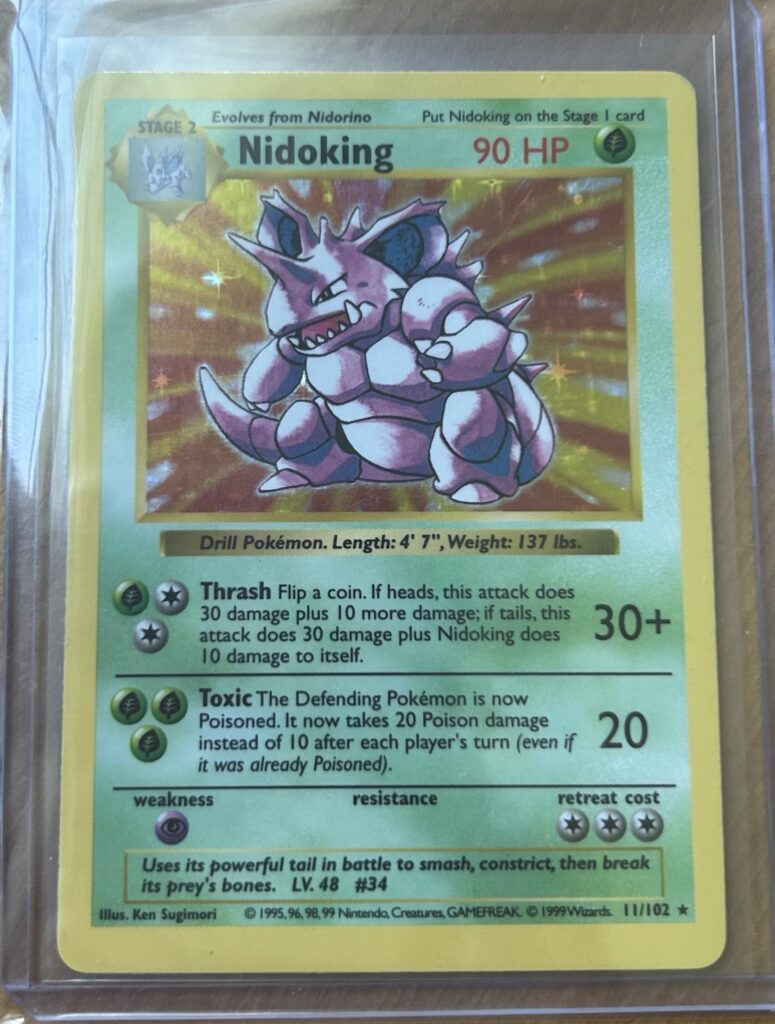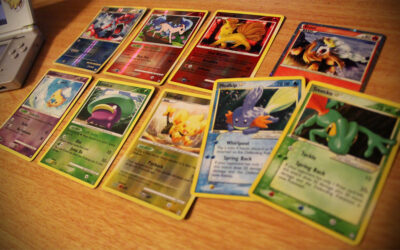So You Found a Box of Cards in the Attic… Now What?
Everyone’s had that moment. You’re cleaning out the attic or garage and BAM—you stumble on a shoebox full of baseball cards. Cue the childhood flashbacks. But before you start planning your retirement, let’s talk about what actually makes a baseball card worth money (and what doesn’t).
Because let’s be honest: 90% of attic finds are junk wax. But the other 10%? That’s where the magic is.
Step 1: Understand the Era
The first question you need to ask: When were these cards printed?
– Pre-1980s: Now we’re talking. These can be goldmines—especially if you’ve got stars, rookies, or clean condition.
– 1987–1994: Welcome to the “junk wax era.” Millions of cards were printed, few are valuable… unless you’ve got rare errors or pristine condition.
– 1995–2009: Some solid inserts, refractors, and SP rookies here. Look for numbered parallels and recognizable names.
– 2010s to now: Modern era. Value is often driven by rookie cards, serial-numbered parallels, autographs, and grading.
Still not sure what you’ve got? Check out our quick take on what baseball cards are worth it to get oriented.
Step 2: Rookie Cards Matter (But Not All of Them)
A rookie card is often the most valuable card of a player. Think Ken Griffey Jr. 1989 Upper Deck, Derek Jeter 1993 SP Foil, or Mike Trout 2011 Topps Update.
But here’s the catch: not every rookie is worth squat. Just because a card says “RC” or is from a player’s first year doesn’t mean it’s valuable. The player needs to have, you know, actually been good.
Use this framework:
– Hall of Fame? Yes = potential value.
– Fan favorite with cult following? Could be a sneaky flip.
– Forgotten relief pitcher? Probably not buying you that Lambo.
Step 3: Condition Is a Dealbreaker
Even a valuable card in bad condition might be worth less than a $10 bill at Taco Bell.
Inspect for:
– Rounded or bent corners
– Surface scratches or gum stains (yep, still a thing)
– Off-center printing
– Creases or wax marks
A mint raw card can sell for good money—but a graded version in PSA 9 or 10 condition can 5x or 10x the value.
Step 4: Check for Parallels, Inserts, or Errors
If the card looks a little… different, pay attention.
– **Parallels** have different foil, colors, or borders (think Topps Chrome Refractors, Gold, Blue, /99, etc.)
– **Inserts** are special themed cards not part of the main set.
– **Errors** can be valuable if corrected later (like the 1989 Fleer Billy Ripken “F-Face” card).
These oddballs are often more valuable than base cards—even for the same player. Always worth a lookup.
Step 5: Use eBay the Right Way
Don’t just search “Ken Griffey Jr. card” and see a $5,000 listing and think you hit the jackpot.
Click “Sold Items” and filter by “Buy It Now” and “Auction.” This shows what buyers are actually paying.
Pro tip: If a card has sold 15 times in the last 60 days and the price is stable, that’s a healthy comp. If it’s only sold once and looks like someone hit “Buy Now” by accident? Eh… maybe don’t count on that price repeating.
Step 6: Know the Iconic Cards
Here are some cards that are instantly recognizable and frequently faked, forged, or overhyped:
– 1989 Upper Deck Ken Griffey Jr. RC (#1)
– 1993 SP Derek Jeter Foil RC
– 1984 Donruss Don Mattingly RC
– 1986 Topps Traded Barry Bonds
– 1990 Leaf Frank Thomas RC
– 1985 Topps Mark McGwire (USA Baseball)
These are blue-chip cards from the junk wax era that actually carry some weight—especially in high grade.
Step 7: Grading vs. Raw—When to Slab
Grading makes or breaks value. A PSA 10 can be 10x the price of the same card raw. But grading also costs money and time.
So when should you grade?
– The card is in excellent condition
– The player is highly collectible
– The card is rare (serial-numbered, SSP, error, etc.)
– It comps well in a PSA 9 or 10
If it’s a dinged-up 1989 Topps Kevin Seitzer? Save your $40 and get a burrito instead.
Step 8: Watch the Market (and the Seasons)
Card values fluctuate like crypto—just with fewer bros yelling “HODL.”
– Spring Training hype: Young prospects spike.
– In-season performance: Players having a breakout year can see 3x gains.
– Postseason runs: Stars like Bryce Harper, Ronald Acuña Jr., and Shohei Ohtani can pop if they go deep into October.
Timing a sale is part art, part luck, and part just knowing when the iron’s hot.
Step 9: Ask for Help (But Not from Reddit)
Reddit and Facebook groups can be fun, but they’re also filled with misinformation and price anchoring.
If you’re genuinely curious about a card’s worth:
– Use eBay Sold comps
– Ask a local card shop
– Or even better—use content-first marketplaces (like this one) that focus on trust, comps, and flips instead of FOMO and fluff
CardSZN was built to cut through the noise. We keep our inventory lean, our comps real, and our flips fast. It’s not a graveyard of overpriced junk—it’s a curated feed of deal flow.
The TL;DR Gut Check
So, is that attic box worth anything?
– If it’s all 1990 Topps and 1991 Donruss—probably not.
– If you find stars, rookies, or clean parallels—it’s worth digging.
– And if you find a sealed wax box of 1989 Upper Deck? DM us immediately.
There’s still money in cardboard. But only if you know what to look for, what to ignore, and how to spot the needle in the junk wax haystack.
Your next flip might not be in a pack—it might already be in your attic.





0 Comments